| Hardware Components | Touchscreen Display | An interactive display that allows users to navigate the payment process and select options | Enables user interaction with the kiosk for selecting services and making payments |
| Card Reader/EMV Terminal | Device for reading credit/debit cards, including chip, magnetic stripe, and contactless (NFC) | Facilitates secure card-based payments and authorizations |
| Cash Acceptor/Recycler | Accepts and validates cash payments; some models can dispense change or recycle cash | Handles cash transactions, including accepting and dispensing cash |
| Receipt Printer | Prints receipts for transactions, providing a physical proof of payment | Provides a printed record of the completed transaction for the user |
| Barcode/QR Code Scanner | Scans barcodes or QR codes for accessing payment portals or retrieving product information | Allows users to scan items or access payment options quickly |
| NFC/RFID Reader | Supports contactless payments through mobile wallets and RFID-enabled cards | Enables users to pay using smartphones or contactless cards |
| Enclosure/Casing | The physical structure that houses all components, often made from durable materials | Protects the internal components and provides security for the entire kiosk |
| Software Components | Operating System (OS) | The foundational software that manages all hardware and software processes within the kiosk | Controls and coordinates all operations, providing a stable environment for applications |
| Payment Gateway Integration | Secure software that connects the kiosk to payment processors for authorization | Ensures secure transaction processing and communication with financial institutions |
| User Interface (UI) Software | The graphical software that guides users through the payment process with prompts and instructions | Provides a user-friendly experience to facilitate smooth transactions |
| Security Software | Protects the kiosk from cyber threats and ensures that payment data is encrypted and secure | Safeguards sensitive payment information and ensures compliance with security standards |
| Connectivity & Networking | Internet Connection | Wired (Ethernet) or wireless (Wi-Fi/4G/5G) connectivity that allows the kiosk to process transactions in real-time | Enables real-time payment processing and remote monitoring |
| Remote Management Software | Allows operators to monitor, update, and troubleshoot the kiosk remotely | Provides centralized control and management of multiple kiosks across various locations |
| Backup Power Supply (UPS) | An uninterruptible power supply that ensures the kiosk continues to operate during power outages | Maintains kiosk functionality during power interruptions, preventing data loss |
| Peripherals (Optional) | Camera | Captures images or video for security purposes or user verification | Enhances security by monitoring kiosk usage and verifying identities |
| Speakers | Provides audio feedback or instructions to users during the payment process | Improves user experience by offering voice prompts and confirmations |
| Digital Signage Display | Displays advertisements or additional information to users while they interact with the kiosk | Maximizes utility by showing promotional content or instructions |
| USB Ports | Allows for the connection of additional peripherals or devices for expanded functionality | Provides flexibility for future hardware upgrades or additional accessories |

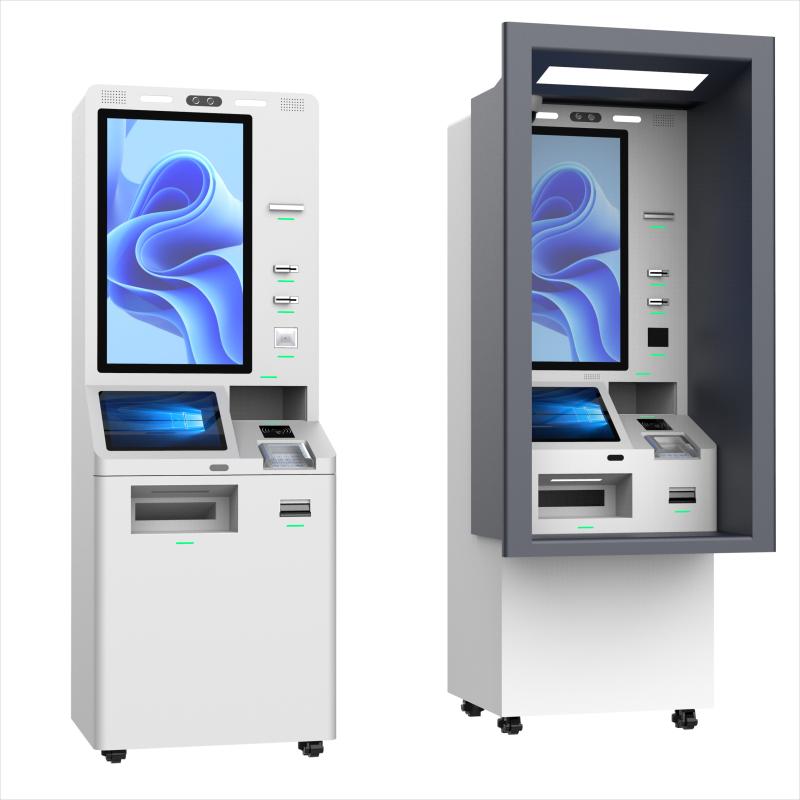
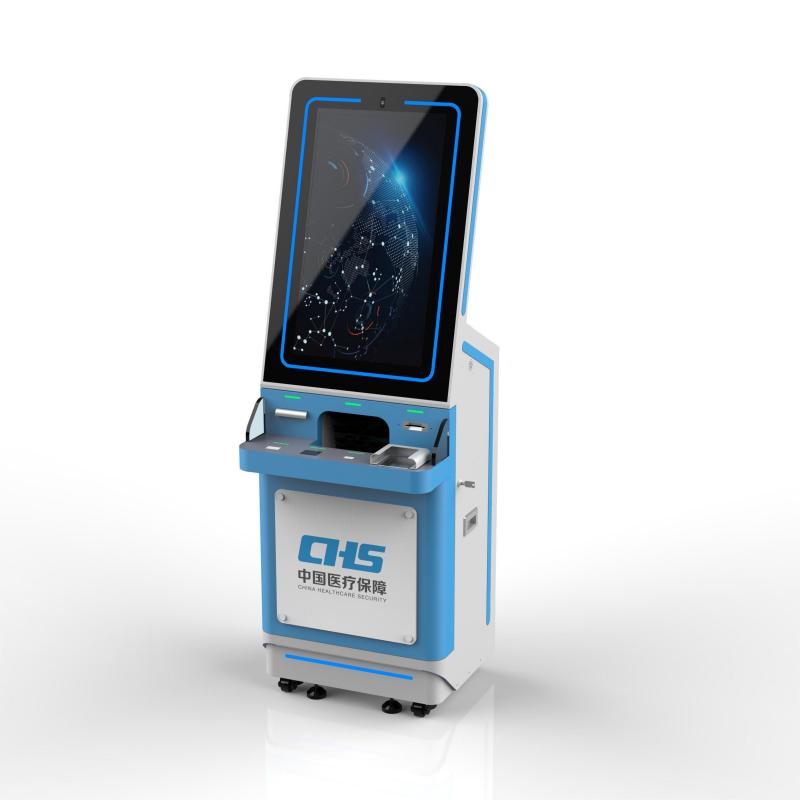


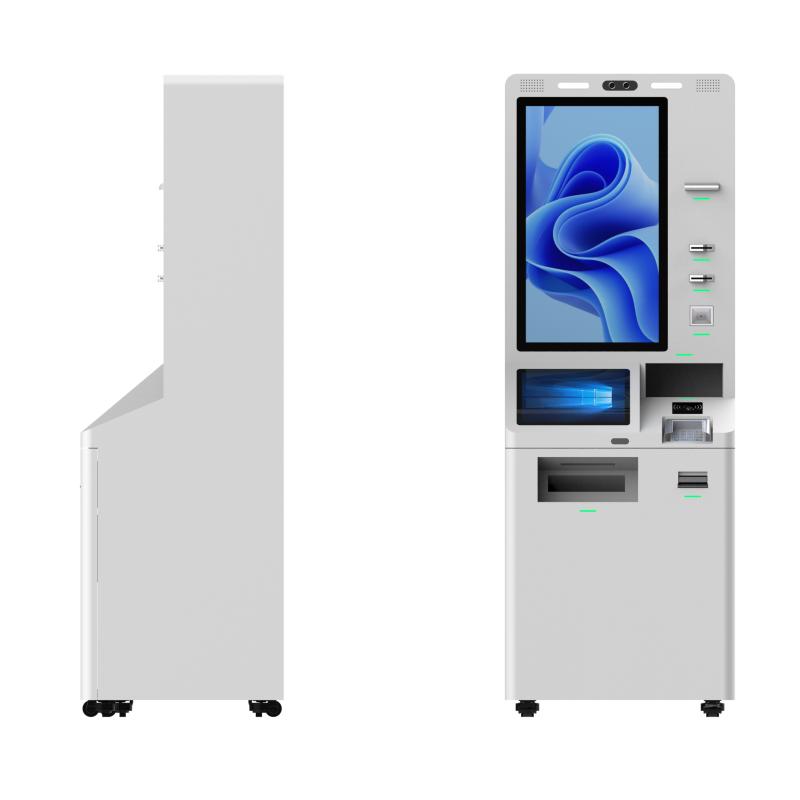
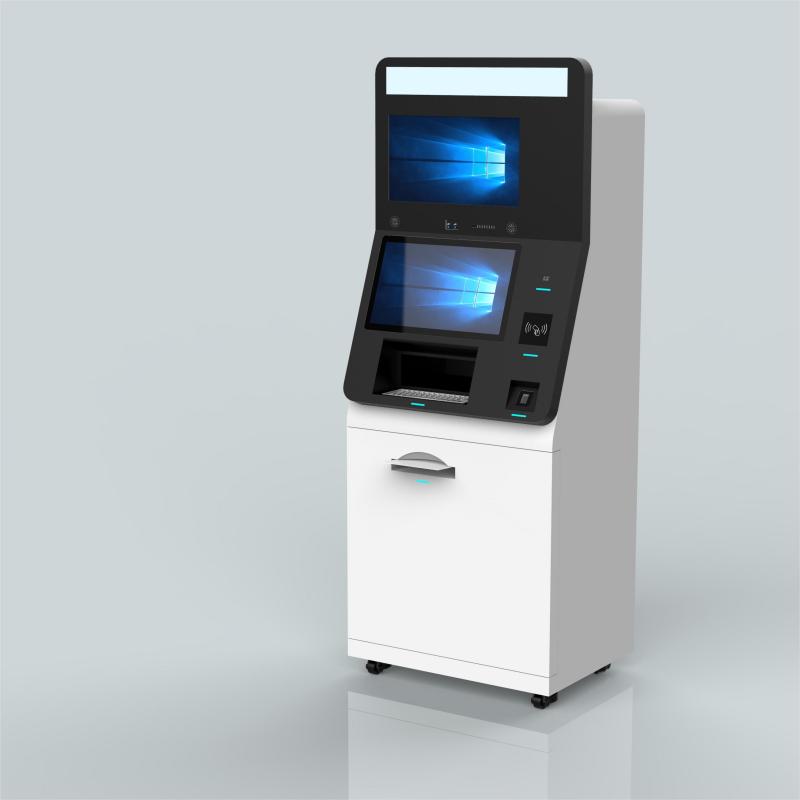
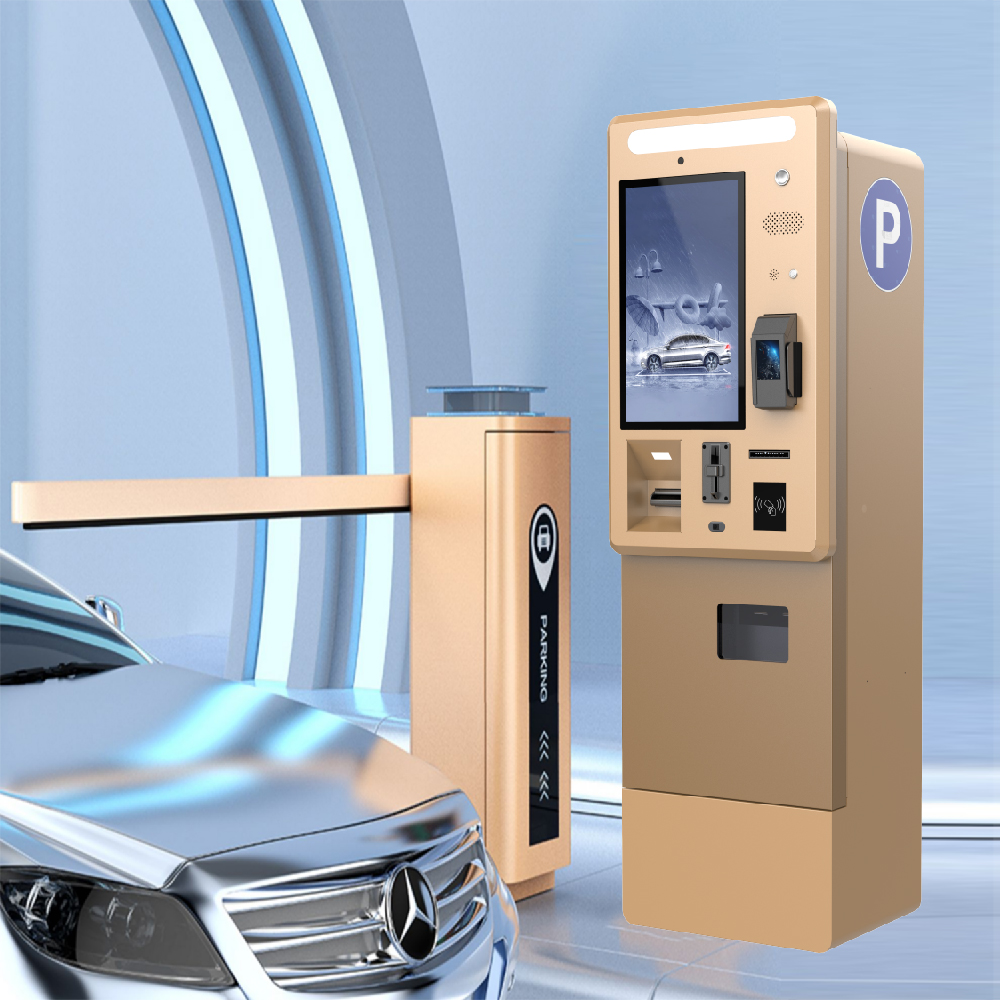
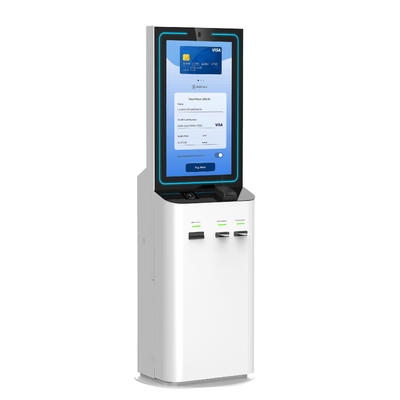
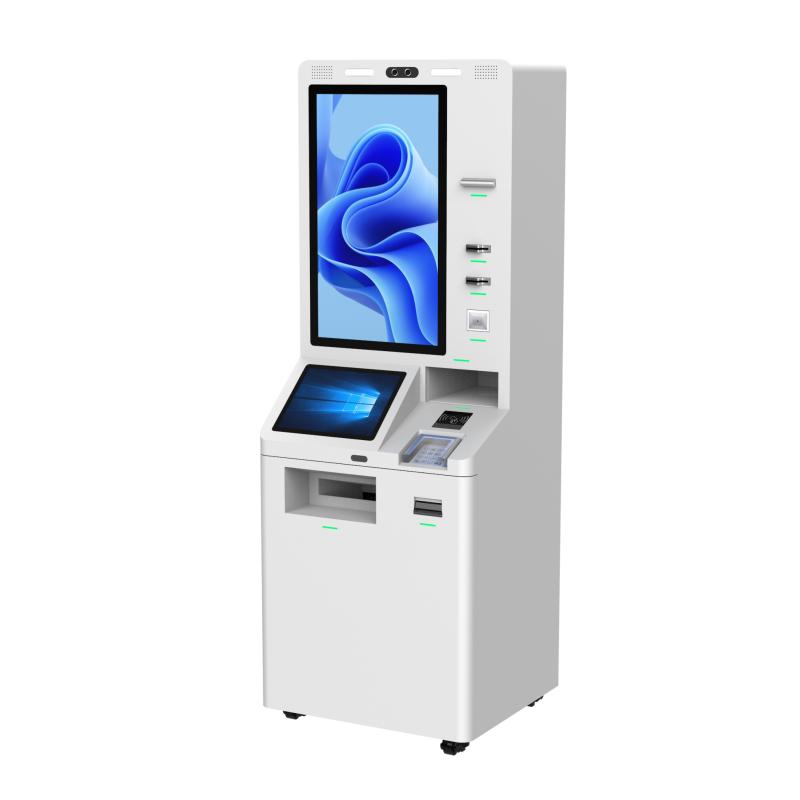
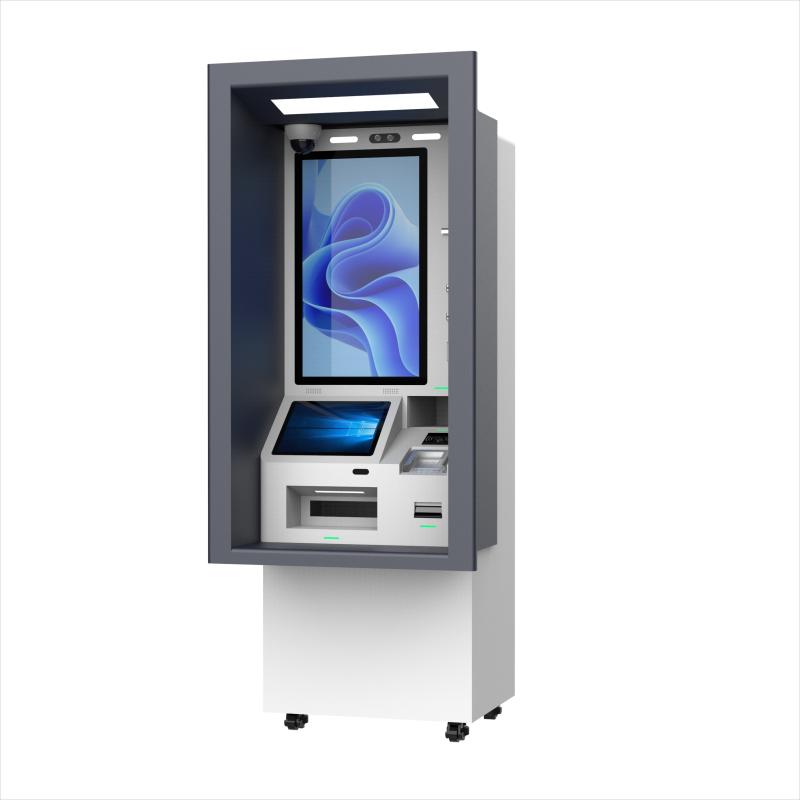
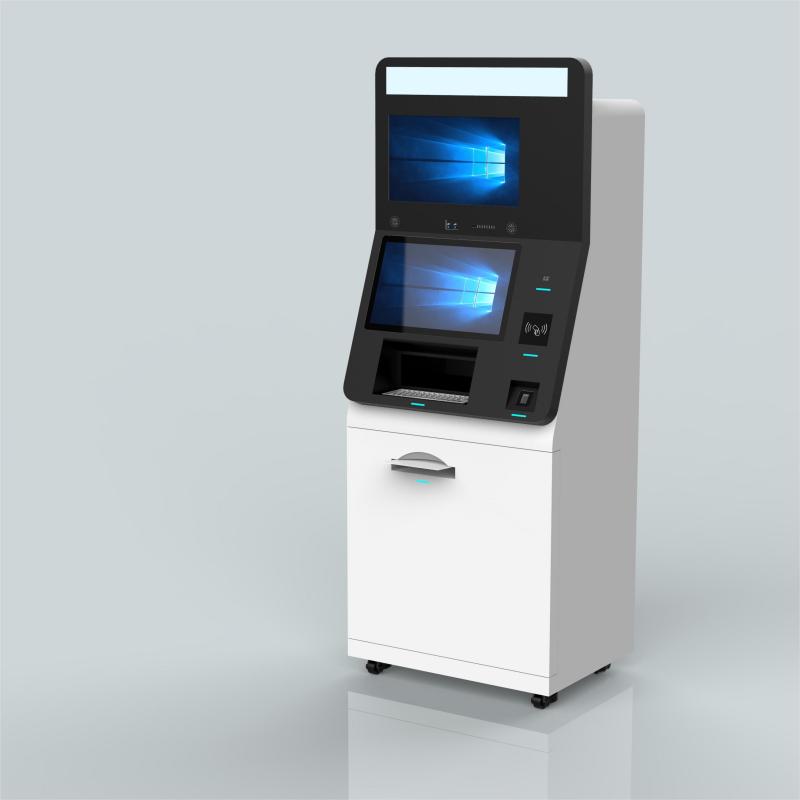
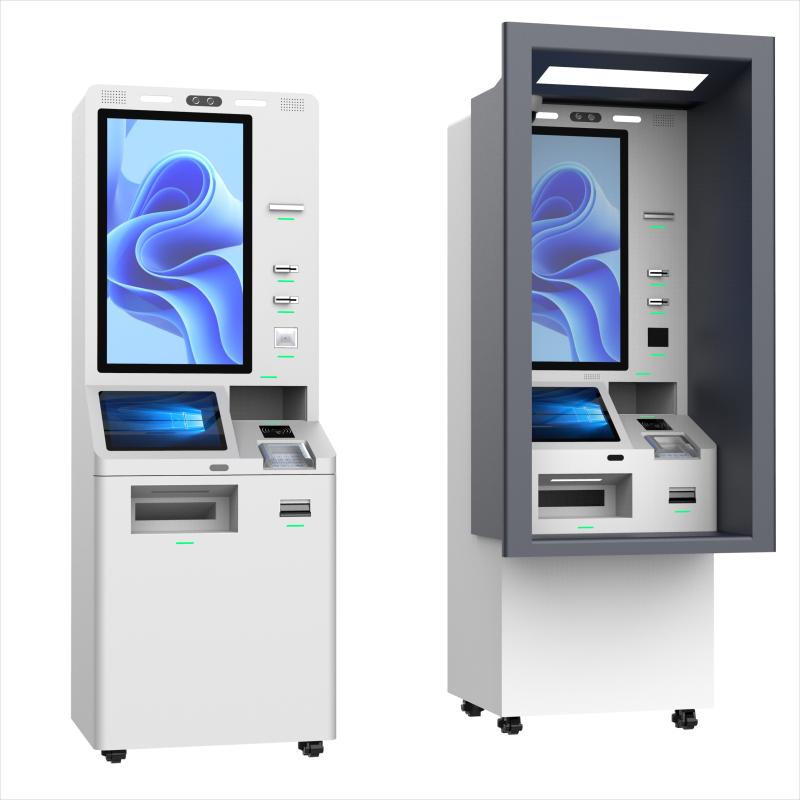
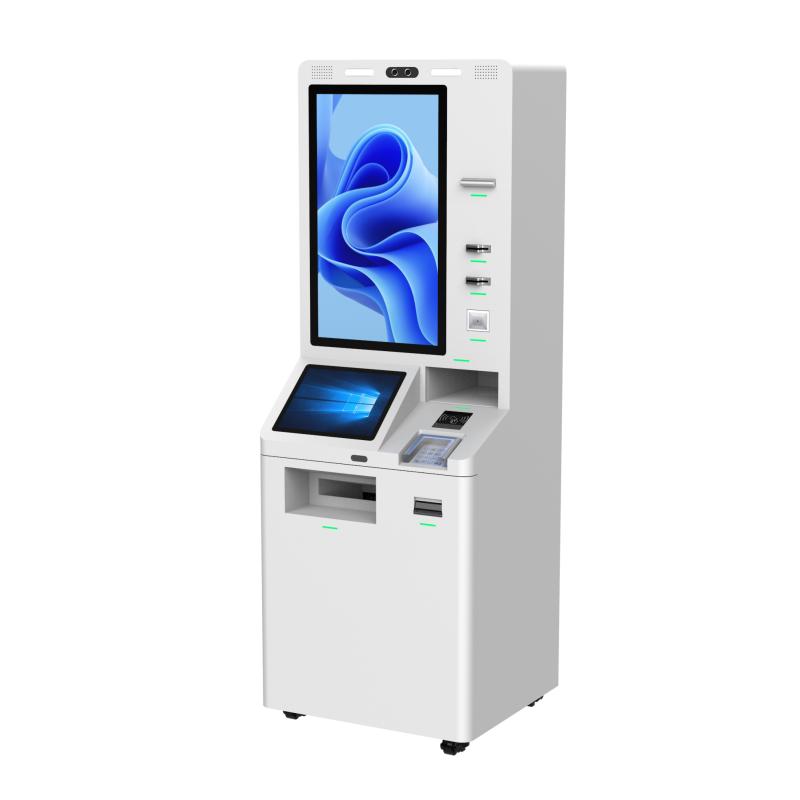

What did our happy clients say?
The payment kiosk machine has exceeded our expectations! It’s efficient, user-friendly, and has significantly improved our operations. A huge thank you to the supplier—highly recommended!
We're extremely satisfied with our payment kiosk machine. It’s reliable, secure, and our customers love the convenience. Many thanks to the supplier for their excellent service. We highly recommend them!
Our new payment kiosk machine is a game-changer. It has streamlined our processes and enhanced customer satisfaction. Big thanks to the supplier for their top-notch product and support. Highly recommended!
The payment kiosk machine has been a fantastic addition to our business. It’s intuitive and works flawlessly. Thank you to the supplier for their outstanding service. We wholeheartedly recommend them!